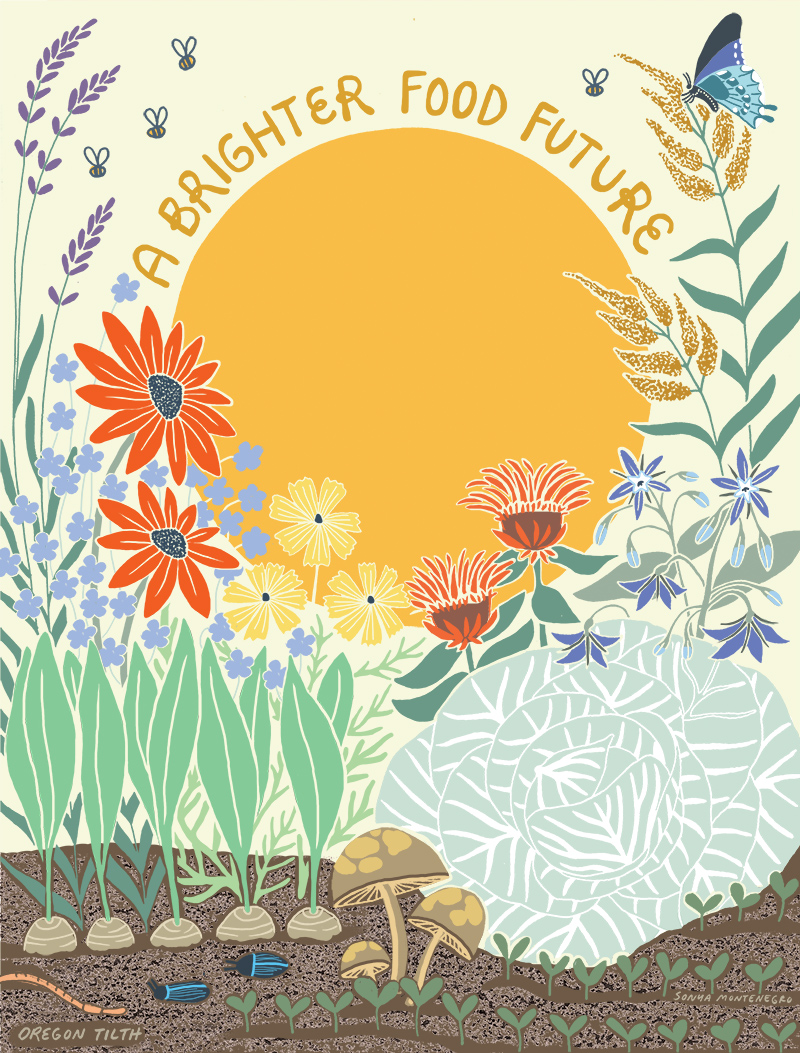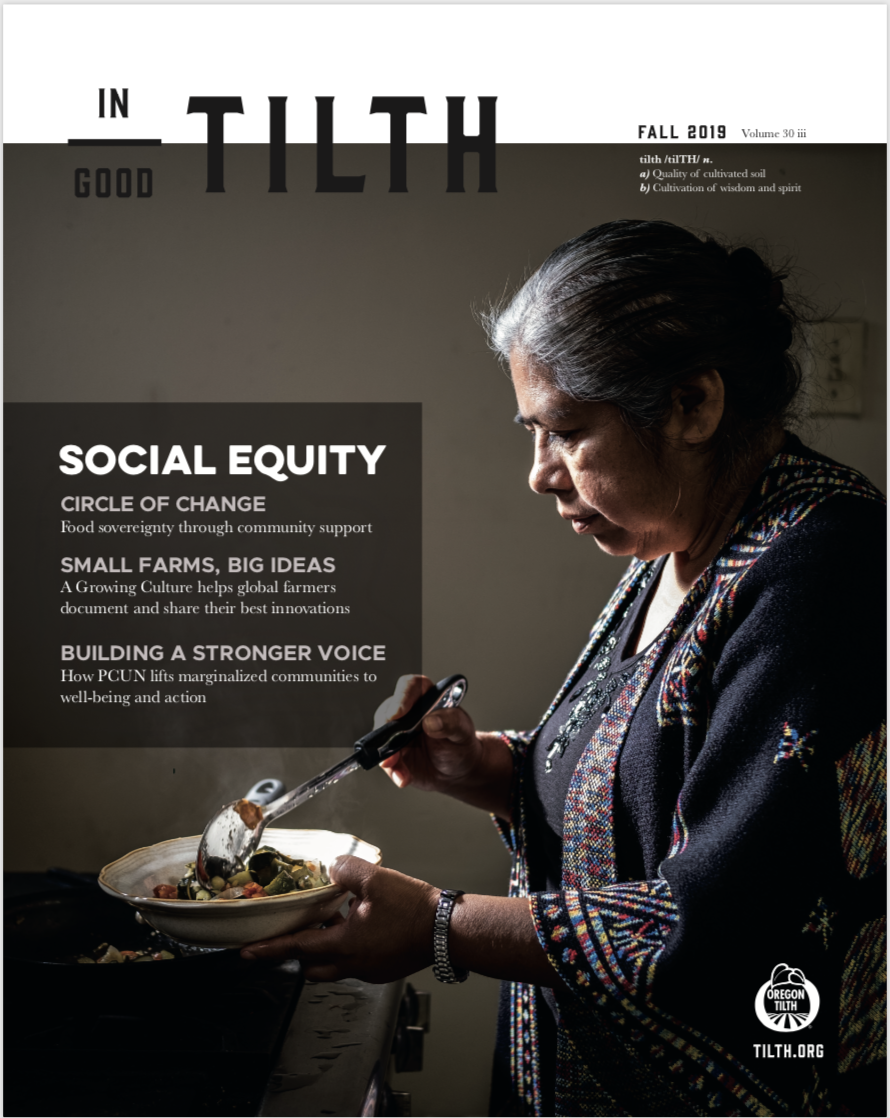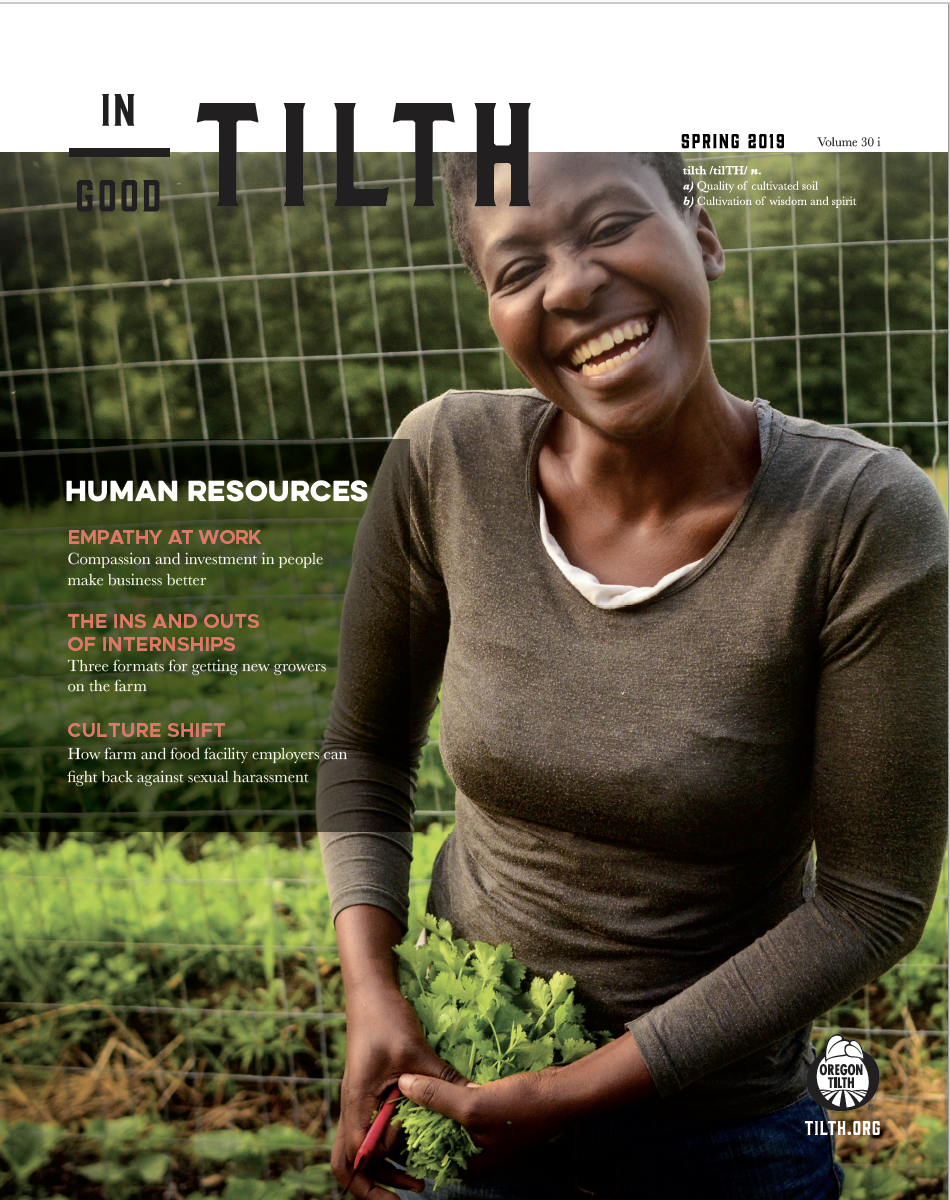Most people become members of our CSA because they want to make a change. They know they need to eat more fresh fruits and vegetables, or food that is less processed. Most of them would not initially say they want to be more “food literate.” However, by joining a CSA, they have made the first step in becoming so. A CSA not only offers a person weekly contact with the farmer but those most qualified to educate a person about their food. A CSA also offers them access to the farm where their food is grown, to the relationship that their farmer has with that land and to the farmer’s own food literacy.
Becoming food literate is a process, and as a CSA member it typically takes several seasons for members to become sufficiently informed about their food that they begin to change how they look at food. It is a relationship that develops as any other relationship does. At first, it is fairly basic and superficial, but over time it becomes closer and develops into a deeper understanding about their food, about our food system(s), about the environment and even about life.

CSA members spend most of their first season in a CSA merely getting to know the food in their CSA bin each week and how it changes over the season. Because new CSA members are often just beginning to expand their food repertoire beyond the items that they have always used from the grocery store, they typically want help identifying items and instructions about how to prepare them. They ask mostly “what” questions: “What is this?” or “What do I do with this?” Members can struggle with anything from an uncommon presentation (like bunched spinach) to oddly shaped or colored vegetables (like pattypan squash or purple carrots) to unfamiliar vegetables like kohlrabi or fennel.
As a CSA farmer, I have learned how to address these questions in our weekly newsletter or on our info board at our pick-up locations. I make notes like, “This spinach is over-wintered and so is larger, chewier and sweeter, best cooked.” I provide weekly recipes for the more challenging vegetables, as well as an annual recipe book that includes several recipes for each fruit and vegetable we grow as well as vegetable history, seasonality information, nutrition and storage tips. I am available at each pick up to answer any questions, or even to help a member identify the items in their bin.

As the seasons pass, CSA members’ relationship to their food begins to change. Likewise, their questions begin to evolve. Instead of “what,” they begin to ask “why.” “Why do you grow fennel?” or, “Why don’t you grow carrots in the summer?” or “Why don’t you have cilantro in July and August?” or “Why do you grow so many greens?” To more complex questions, like, “Why didn’t the potatoes produce well this season? Why don’t you grow large quantities of sweet corn? Why do you have bees or chickens or pigs? Why do you hand-pollinate cucumbers you are growing for seed?” Members also begin to appreciate vegetables that they would have never purchased in the store like Tiger Eye beans, New Zealand spinach, or daikon radish, as well as heirloom crops from other regions like Tarasco beans, Tatume squash and “Magdalena” pumpkins that do very well in our increasingly hot summers. Members become more informed about their food, and they also begin to connect the dots about larger issues related to food systems and the environment, deepening their understanding of why certain growing methods or conditions affect the quality or quantity of a product.
CSA members become more curious as well and begin to visit the farm more and attend on-farm potlucks and discussions. Their visits and questions help them to understand the seasonality of food and how weather conditions affect each crop; the connection between soil health and plant health; the role that animals, insects and pollinators play in food and on a farm; and the importance of nutrition and their own health.

Photo by Anika Toro
After several seasons, CSA members become even more connected to their food, to their farm and to us. As their relationship to their food, their farm and their farmers deepens, their food literacy broadens as well. We begin to discuss together in search of a more meaningful understanding of our food and of our farming. They ask us about what we choose to grow and how we choose to grow it, to even broader topics about the environment (such as pollinator decline and water reduction) to global trade and its impact on communities and the environment.
The deeper a person delves, the closer one comes to understanding their food: what it is, what to do with it, how and why it is grown, and how all of that fits into a larger framework that is our food system(s). One also comes closer to understanding something more essential which is what it means to nurture and to be nurtured. I have learned over the years of running our CSA-based farm that by participating in a CSA, a person not only gradually increases their food literacy but also become more informed about life. Our CSA members recognize that we try to nurture and take care of their food from the beginning to the end, and they recognize that we are trying to nurture and take care of them, and in turn, they nurture and take care of us. As one of our long-term CSA members stated one spring day while we walked around the farm with her daughter and my son, “This is food I can feel good about. It is food that I want to eat, that I enjoy eating.”



















